Understanding Potential Risks and Hazards
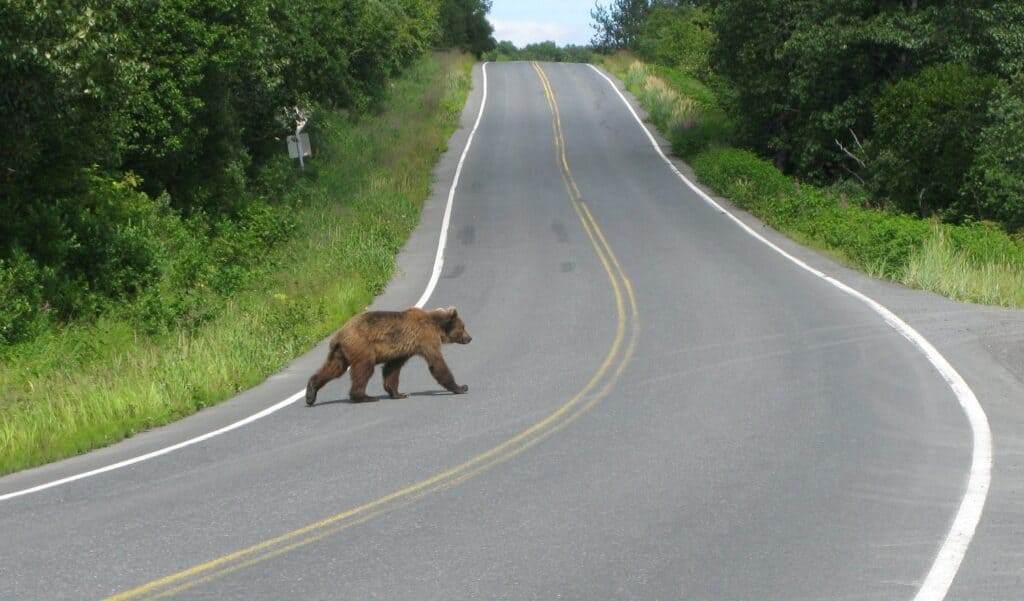
When it comes to dealing with animals on the road, it is crucial to understand the potential risks and hazards they pose to drivers. By identifying common animals on the road and knowing the dangers they can cause, drivers can take appropriate precautions to ensure their safety and the safety of the animals. Being aware of these risks is the first step in effectively handling animal encounters on the road.
Identifying common animals on the road
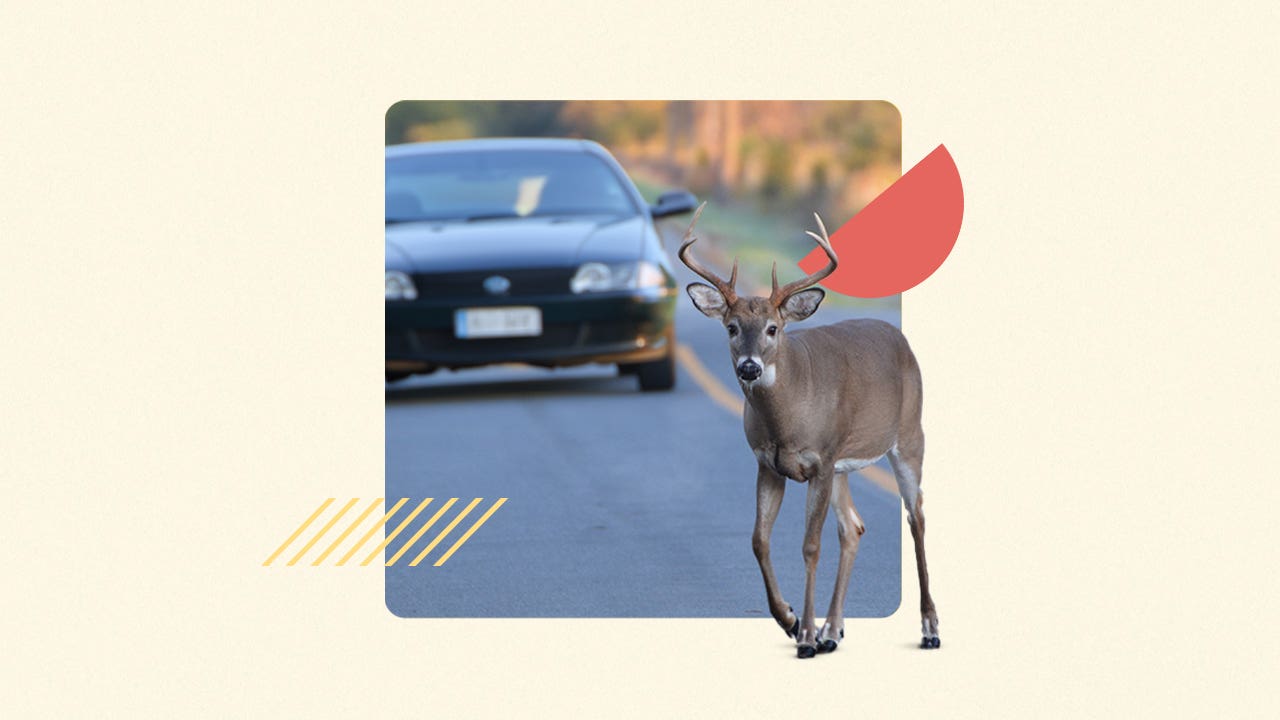
Identifying common animals on the road is crucial for drivers to be prepared for potential encounters. Common animals that may be found on the road include deer, raccoons, squirrels, birds, and stray dogs or cats. It is important for drivers to be able to recognize these animals and anticipate their behavior while driving. Being aware of the types of animals commonly seen on the road can help drivers take necessary precautions to avoid accidents and ensure their safety.
Knowing the dangers they pose to drivers

Common animals on the road can pose significant dangers to drivers. Deer, for example, can suddenly dart across the road, causing a collision. Raccoons, squirrels, and birds may also scurry in front of vehicles, leading to sudden braking or swerving maneuvers. Stray dogs and cats may unexpectedly run onto the road, increasing the risk of accidents. Being aware of these dangers can help drivers anticipate and take necessary precautions to avoid collisions.
Precautionary Measures for Safe Driving
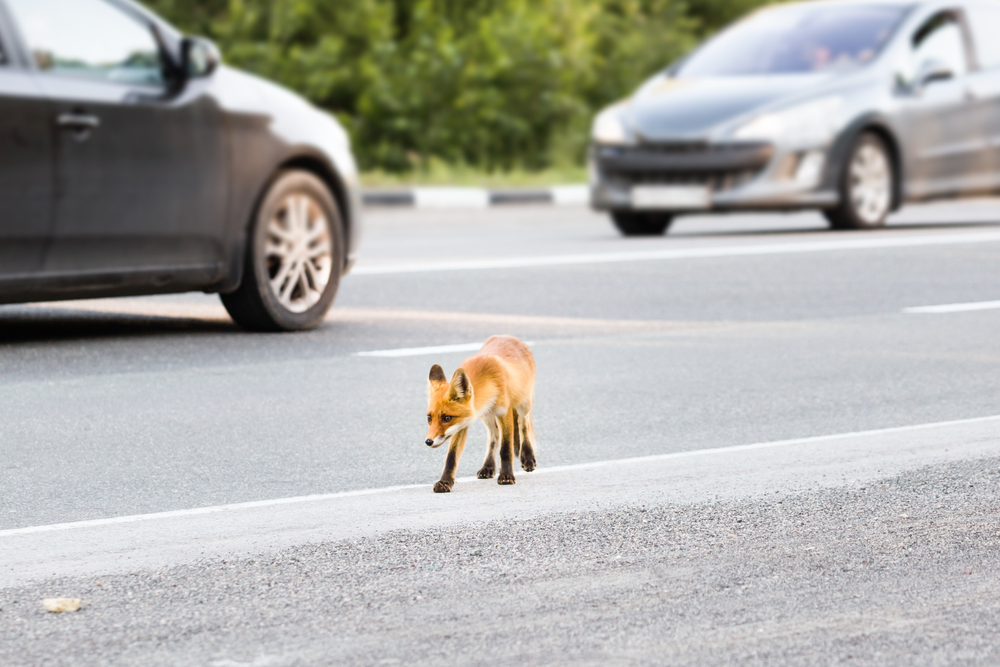
To ensure safe driving, it is crucial to take precautionary measures when encountering animals on the road. Drivers should remain observant and attentive while behind the wheel, constantly scanning the surroundings for any potential animals. It is important to follow speed limits and road signs, as speeding can reduce reaction time and increase the severity of accidents. These measures help drivers be prepared to react appropriately and avoid collisions with animals on the road.
Being observant and attentive while driving
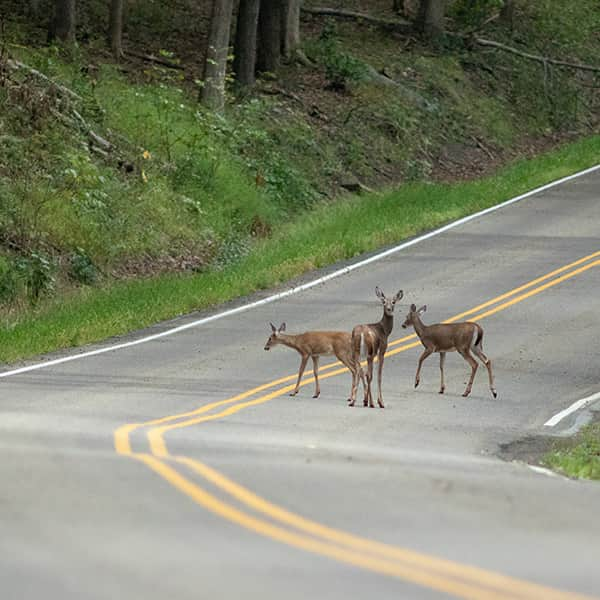
To ensure safe driving, it is crucial for drivers to be observant and attentive on the road. This includes scanning the surroundings for any potential animals, especially in areas known for wildlife crossings. By remaining vigilant, drivers can anticipate and react to the presence of animals, reducing the risk of collisions. It is important to maintain focus and avoid distractions, such as using mobile phones or engaging in other activities that may hinder attention while driving.
Following speed limits and road signs

Following speed limits and road signs is essential for safe driving when dealing with animals on the road. Speed limits are designed to provide drivers with enough time to react to unexpected situations, such as animals crossing the road. It is important to obey these limits and adjust your speed accordingly. Additionally, road signs, such as those indicating wildlife crossings, should be closely followed to ensure the safety of both drivers and animals. By staying aware of and adhering to these regulations, drivers can reduce the risk of collisions with animals on the road.
Reacting to Animals on the Road

When encountering animals on the road, it is crucial to react calmly and quickly to avoid accidents. Drivers should never swerve abruptly or slam on the brakes, as this can cause them to lose control of their vehicle. Instead, they should follow these steps:
- Slow down and maintain a safe distance from the animal.
- Use the horn or flash headlights to scare the animal away.
- If necessary, gently brake to allow the animal to safely cross the road.
- Stay alert and be prepared for more animals to follow.
By following these techniques, drivers can navigate animal encounters safely and reduce the risk of collisions.
How to react when encountering animals

When encountering animals on the road, it is important for drivers to react calmly and quickly. They should slow down and maintain a safe distance from the animal. Using the horn or flashing headlights can help scare the animal away. If necessary, gently brake to allow the animal to safely cross the road. It is crucial for drivers to stay alert and be prepared for more animals to follow.
Techniques for avoiding collisions with animals
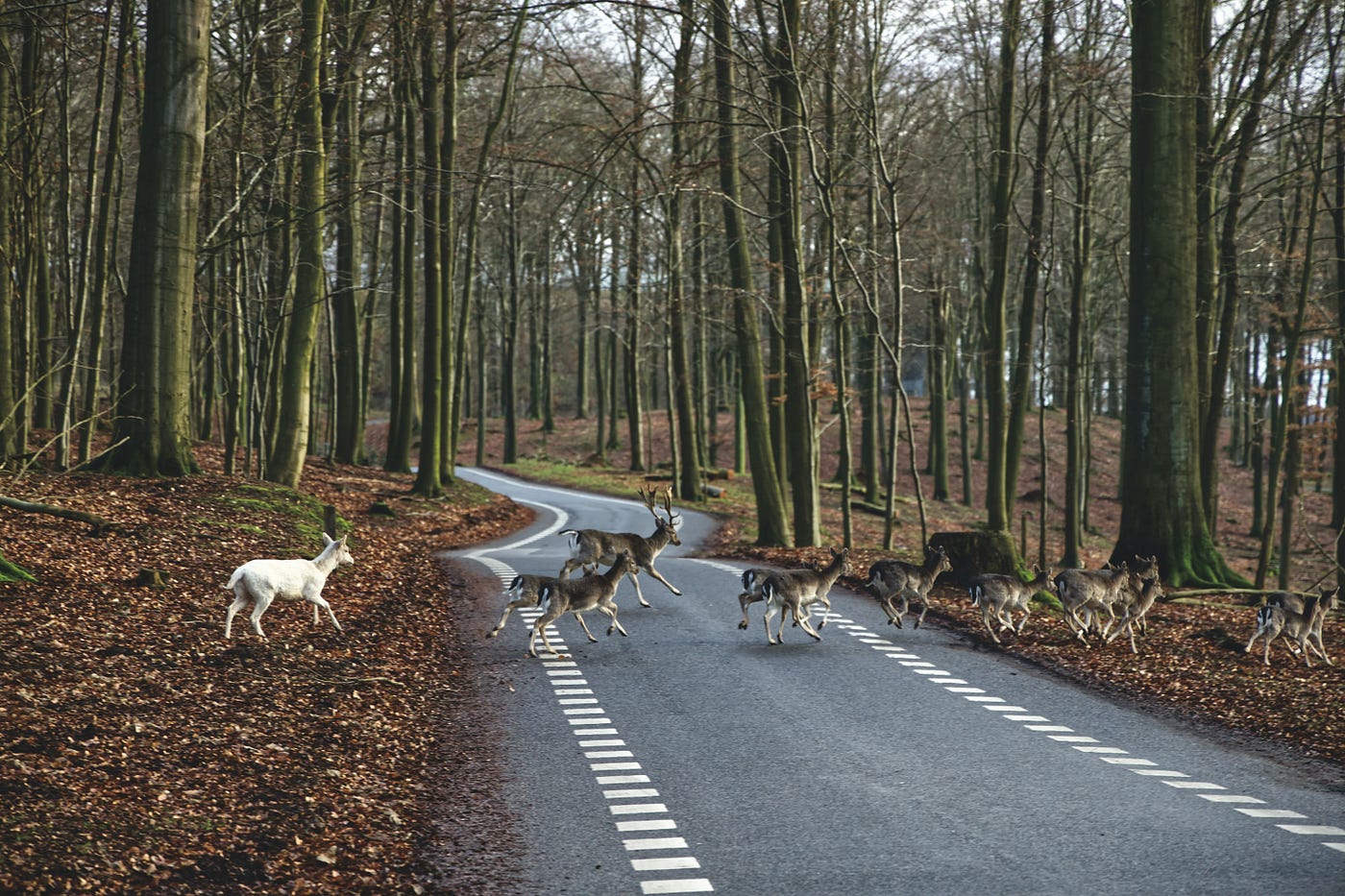
When it comes to avoiding collisions with animals on the road, there are a few techniques that drivers can employ:
- Stay alert: Always be vigilant and keep an eye out for any signs of animals near the road.
- Use high beams: Switching to high beams can help improve visibility and provide an early warning for animals on the road.
- Slow down and brake: If you spot an animal on the road, slow down and apply gentle braking to give the animal time to safely cross.
- Do not swerve: Swerving to avoid an animal can result in losing control of the vehicle or colliding with other objects. It's safer to reduce speed and brake instead.
- Maintain control: Keep a firm grip on the steering wheel and avoid sudden movements that could startle or provoke an animal.
By following these techniques, drivers can greatly reduce the risk of colliding with animals on the road and ensure their own safety as well.
Animal Protection and Reporting
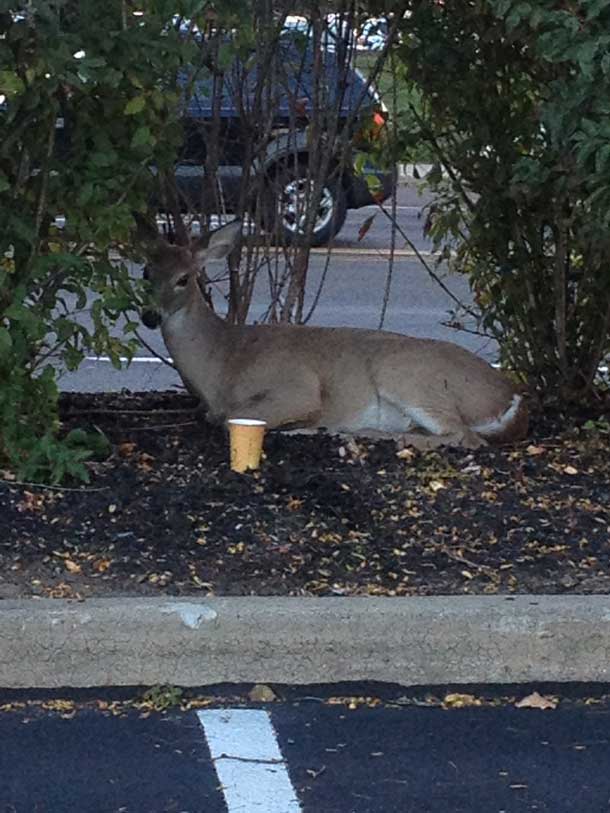
Animal protection and reporting are essential aspects of dealing with animals on the road. If you come across an injured or distressed animal, it is important to report it to the relevant authorities, such as local animal control or wildlife organizations. These organizations have the expertise and resources to provide the necessary care and support to the animal. Reporting incidents not only ensures the welfare of the animal but also helps in collecting data for conservation efforts and implementing necessary safety measures on the road. Remember, taking action and reporting can make a significant difference in the well-being of animals and promote road safety for everyone.
Reporting injured animals on the road
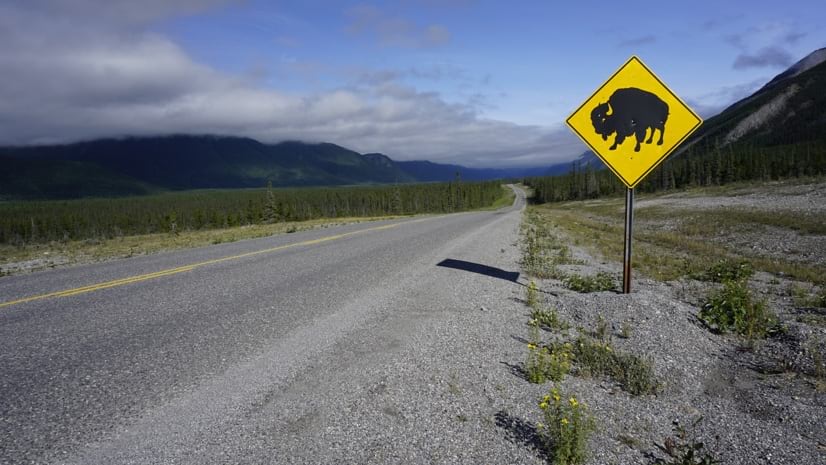
If you come across an injured animal on the road, it is crucial to report it immediately. Contact your local animal control or wildlife organization and provide them with the exact location and description of the animal. This helps ensure that the animal receives the necessary care and medical attention it needs. Reporting incidents also contributes to data collection for conservation efforts and implementing safety measures on the road. Remember, taking action and reporting can make a significant difference in the well-being of animals and promote road safety for everyone.
Understanding laws and protocols for animal accidents

Understanding laws and protocols for animal accidents is essential for both drivers and animal welfare. Different jurisdictions may have specific laws in place regarding accidents involving animals. It is important to familiarize yourself with these laws to understand your responsibilities and rights in such situations. Additionally, some areas have protocols in place for reporting and handling animal accidents, so knowing these can help ensure proper procedures are followed and the necessary assistance is provided. Always comply with local laws and protocols to promote safety and animal protection on the road.
Assistance and Emergency Contacts

In case of an animal-related accident, it is important to seek assistance promptly. Contact your local animal control agency, wildlife rehabilitation center, or law enforcement agency to report the incident. These organizations can provide guidance on how to handle the situation and may dispatch a professional to assist injured animals or remove them from the road. Having the necessary emergency contacts saved in your phone can help you act swiftly and ensure the safety and well-being of both drivers and animals.
Seeking help in case of animal-related accidents
In the event of an animal-related accident, it is crucial to seek assistance promptly. Drivers should contact their local animal control agency, wildlife rehabilitation center, or law enforcement agency to report the incident. These organizations can provide guidance on how to handle the situation and may dispatch professionals to assist injured animals or remove them from the road. Having the necessary emergency contacts saved in your phone can help you act swiftly and ensure the safety and well-being of both drivers and animals.
Contacting relevant authorities for assistance
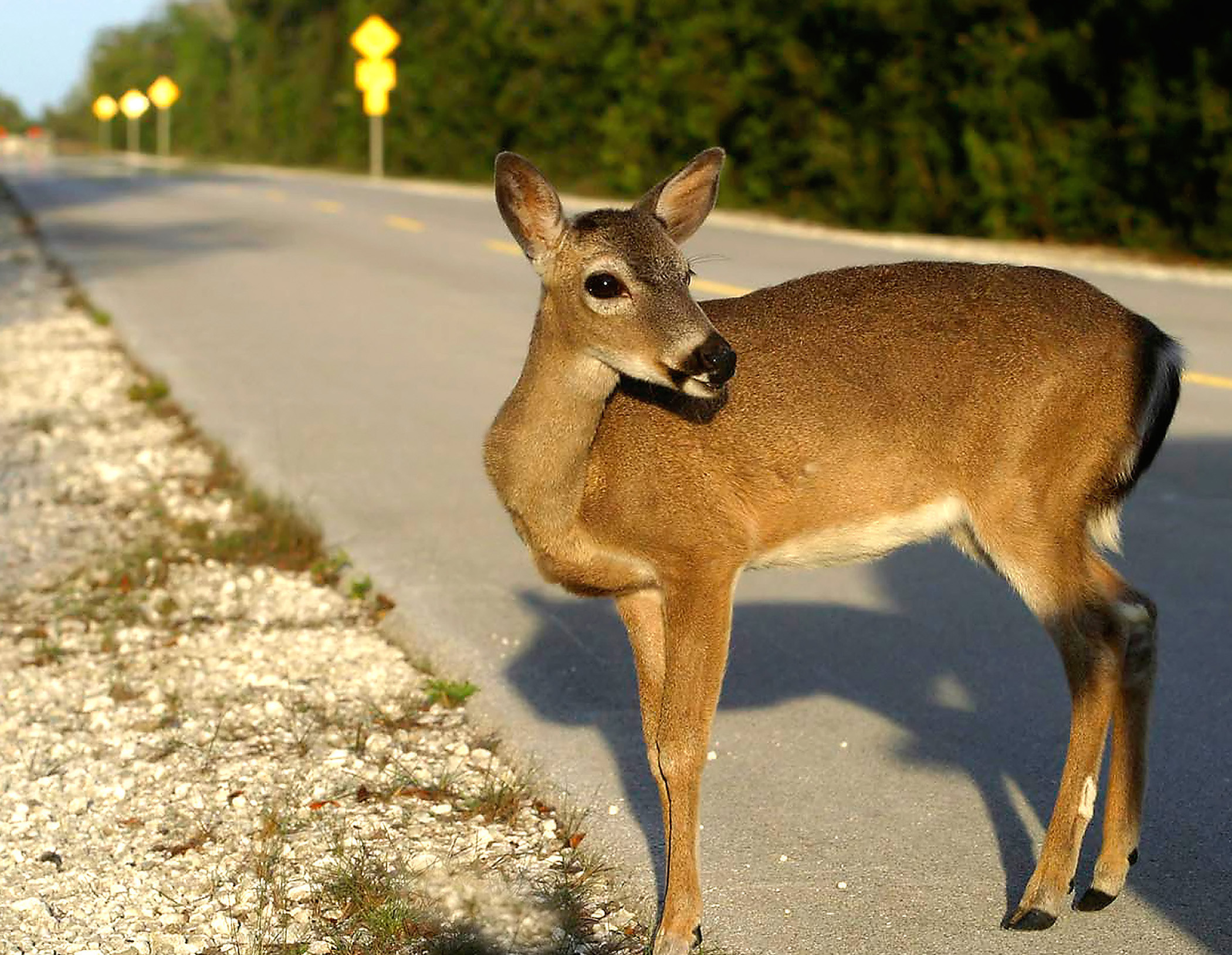
In case of an animal-related accident, it is crucial to seek immediate assistance from relevant authorities. Drivers should contact their local animal control agency, wildlife rehabilitation center, or law enforcement agency to report the incident. These organizations can provide guidance on how to handle the situation and may dispatch professionals to assist injured animals or remove them from the road. Remember to save these emergency contacts in your phone for quick access.
Conclusion and Safety Tips
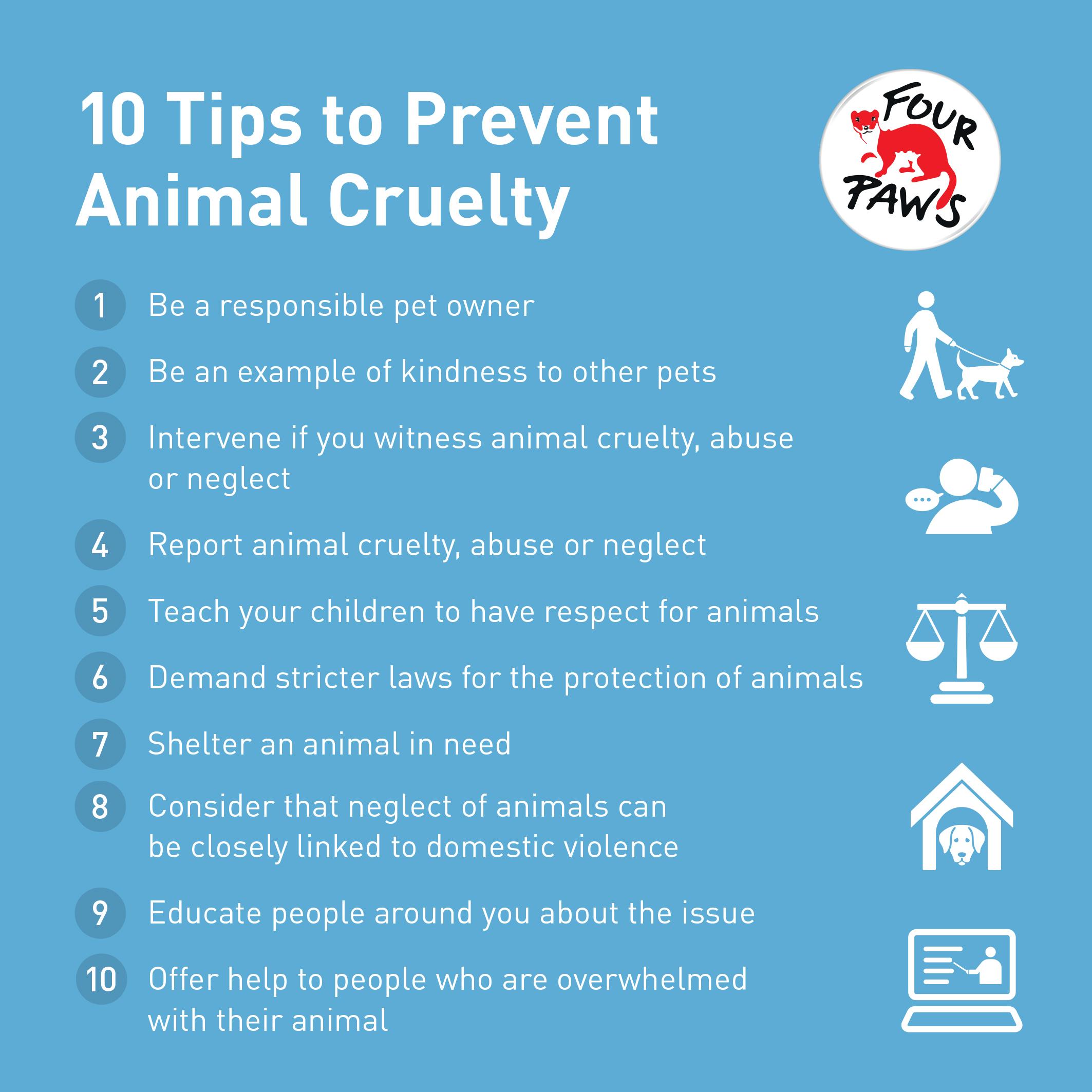
In conclusion, dealing with animals on the road requires caution and attentiveness from drivers. By understanding the potential risks and hazards, following precautionary measures, and knowing how to react when encountering animals, drivers can minimize the chances of collisions. It is important to report injured animals and seek assistance from relevant authorities. Remember to always prioritize your safety and the safety of others on the road.
Recap of key points for dealing with animals on the road
In summary, when it comes to dealing with animals on the road, drivers should be aware of the potential risks and hazards. They should be observant and attentive while driving and follow speed limits and road signs. If they encounter animals, they should remain calm and use techniques to avoid collisions. It is important to report injured animals and seek assistance from relevant authorities. Prioritizing safety is crucial.
Additional safety tips and considerations

Drivers should also consider the following safety tips when dealing with animals on the road:
- Avoid swerving: Swerving to avoid an animal can lead to loss of control and potentially cause a more severe accident. It is better to apply brakes firmly and maintain control of the vehicle.
- Use high beams: When driving at night in areas prone to animal crossings, use high beams to increase visibility and spot animals sooner. However, be cautious if there is oncoming traffic to avoid blinding others.
- Stay informed: Stay updated on local wildlife-related road hazards. Local authorities or wildlife organizations may provide information on known areas where animals are frequently sighted and cautionary measures to take.
- Install wildlife reflectors: Consider installing wildlife reflectors on your vehicle to deter animals from approaching the road. These reflectors can help scare away animals by reflecting light and sounds.
- Be cautious in rural areas: Be extra vigilant when driving through rural or wooded areas, as animals are more likely to be present. Slow down and be prepared to encounter animals at any time.
By following these additional safety tips, drivers can minimize the risk of accidents and ensure the safety of themselves, passengers, and animals on the road.